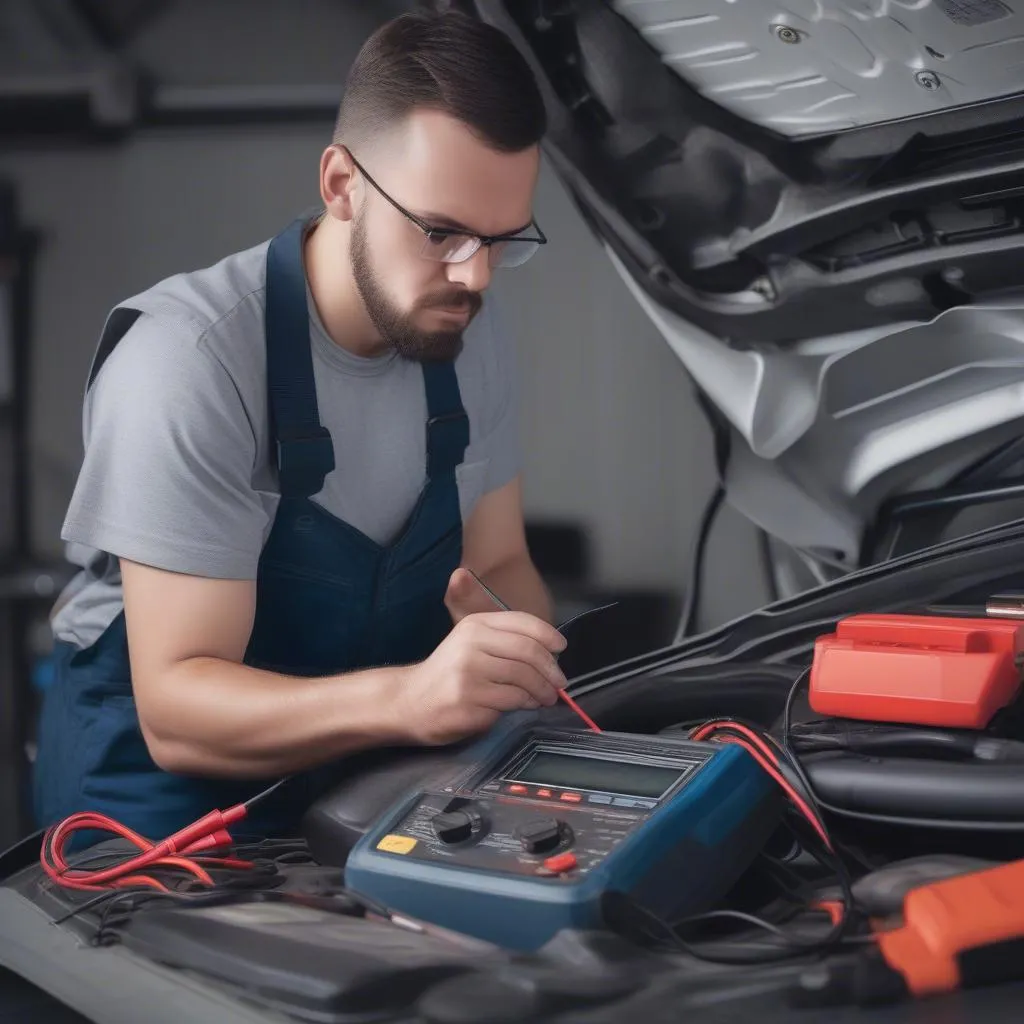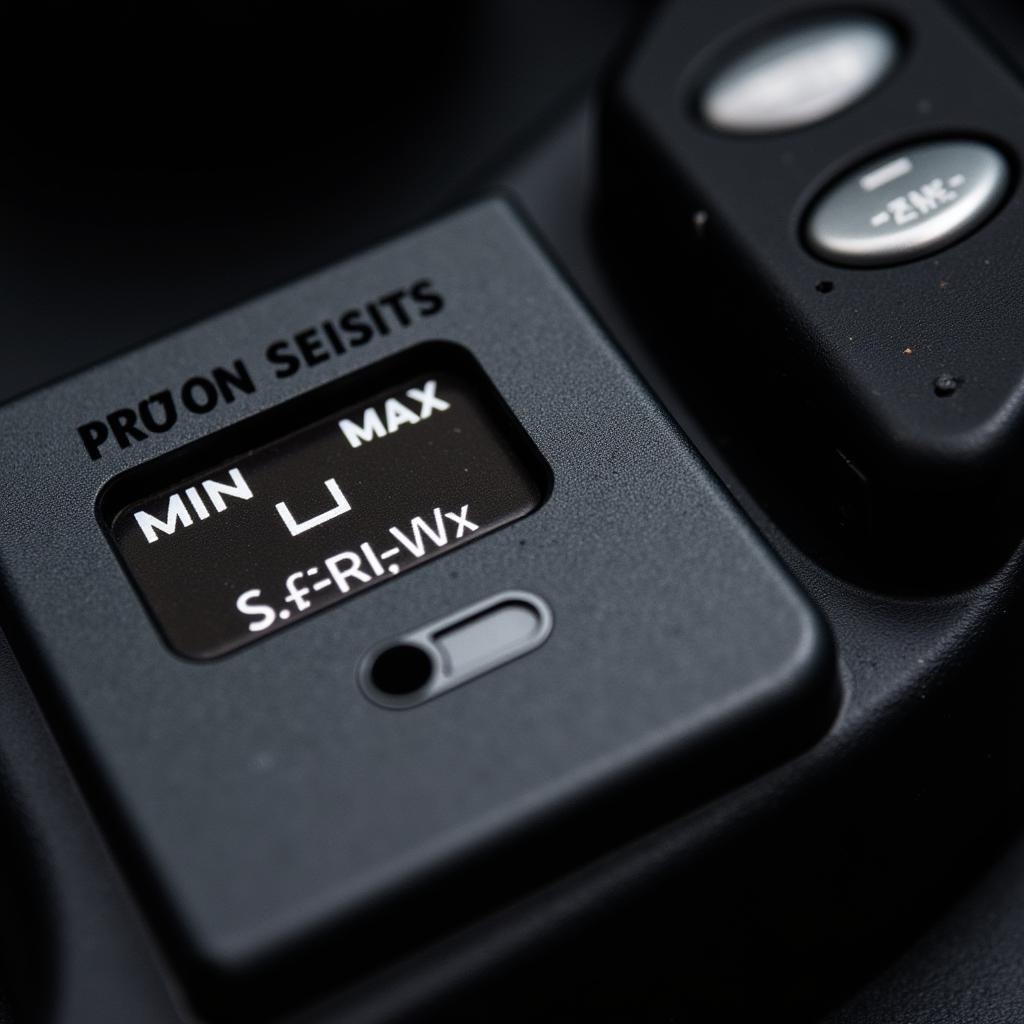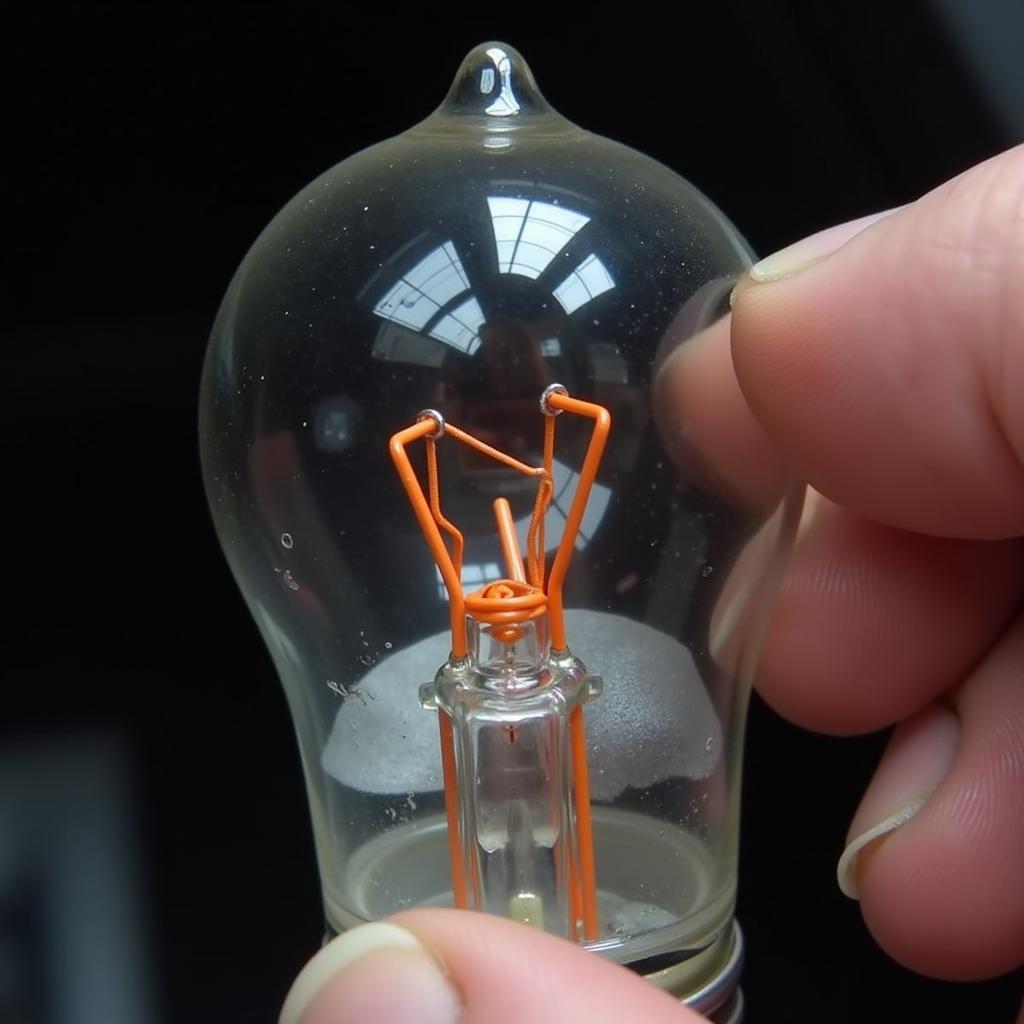Dealing with a malfunctioning anti-theft system can be incredibly frustrating. It can prevent your car from starting, drain your battery, or leave you stranded at the worst possible time. While it’s designed to protect your vehicle, a faulty system can feel like more trouble than it’s worth. This guide will walk you through common causes of anti-theft system issues, how to diagnose them, and potential solutions to get you back on the road.
Common Causes of Anti-Theft System Issues
Before you start troubleshooting, it’s important to understand what might be triggering the problem:
- Weak or Dead Car Battery: A weak battery is a frequent culprit behind anti-theft malfunctions. The system needs sufficient power to function correctly.
- Faulty Key Fob Battery or Signal: Your key fob sends a signal to your car’s immobilizer system. If the fob’s battery is low or the signal is disrupted, it can trigger the anti-theft system.
- Malfunctioning Immobilizer System: The immobilizer system itself could have faulty components, such as a malfunctioning receiver or control unit.
- Damaged Wiring or Connections: Corrosion, loose connections, or damaged wiring within the anti-theft system can lead to communication errors.
- Aftermarket Installations: Installing aftermarket car alarms or remote starters without proper integration can sometimes interfere with the factory anti-theft system.
Recognizing the Signs of Anti-Theft System Issues
Be on the lookout for these telltale signs:
- Car Won’t Start: Your engine cranks but doesn’t start, even with a fully charged battery.
- Rapidly Flashing Security Light: A blinking or constantly illuminated security light on your dashboard often indicates an anti-theft system issue.
- Unusual Clicking Sounds: You might hear clicking sounds coming from the starter or ignition area when attempting to start the car.
- Key Fob Not Working: If your key fob fails to lock/unlock doors or start the engine, it could signal a problem with the fob’s battery, signal, or the car’s receiver.
Tools and Equipment for Diagnosing and Fixing
You might need some basic tools to tackle the problem:
- Jumper Cables: To rule out a weak battery.
- Replacement Key Fob Battery: Readily available at most auto parts stores.
- Code Reader: A code reader can help identify specific error codes stored in your car’s computer, potentially pointing to the source of the anti-theft issue. For more advanced diagnostics and programming, a professional-grade diagnostic tool, such as those offered by Cardiagtech, might be necessary.
- Basic Hand Tools: A screwdriver set, pliers, and a multimeter can be helpful for checking wiring and connections.
Troubleshooting and Solutions
Follow these steps to try and resolve the issue:
-
Check Your Car Battery: The first and easiest step is to ensure your battery has enough charge. Try jump-starting your car. If it starts, you likely have a weak battery that needs charging or replacing.
-
Inspect and Replace Key Fob Battery: If your key fob is acting up, replace the battery. These batteries are inexpensive and simple to replace. Consult your owner’s manual for instructions.
-
Try a Spare Key: If you have a spare key fob, try using it to start the vehicle. This helps isolate whether the problem lies with the key fob itself or the car’s system.
-
Check for Error Codes: If you own a code reader or have access to one, connect it to your car’s OBD-II port (usually located under the steering wheel) and check for any stored diagnostic trouble codes (DTCs). These codes can provide valuable clues about the specific area of the anti-theft system that’s experiencing problems.
-
Inspect Wiring and Connections: If you’re comfortable working with car electronics, carefully inspect the wiring and connections related to your anti-theft system. Look for any signs of damage, corrosion, or loose connections. Consult your car’s wiring diagram for guidance.
-
Reset the System: Some vehicles have a procedure for resetting the anti-theft system. This can often be found in your owner’s manual. It may involve a sequence of actions, such as locking and unlocking the doors, turning the ignition on and off, or using a combination of buttons on your key fob.
 Checking Car Battery
Checking Car Battery
Frequently Asked Questions
Q: Can I bypass the anti-theft system myself?
While it might seem tempting, bypassing the anti-theft system is generally not recommended. It compromises your vehicle’s security and could lead to more significant electrical problems. Additionally, it might be illegal in some areas.
Q: How much does it cost to fix an anti-theft system?
The cost of repair varies greatly depending on the issue, car make and model, and labor rates in your area. A simple battery replacement could cost less than $50, while replacing a faulty immobilizer module might cost several hundred dollars.
Q: What is passive anti-theft?
Passive anti-theft systems operate automatically without any input from the driver. A common example is an immobilizer system that prevents the engine from starting without a recognized key being present. This type of system is designed to deter theft without requiring any action from the vehicle owner. To learn more about different types of anti-theft systems, you can visit our article on What is a Passive Anti-Theft Device?
 Car Diagnostic Tool Plugged In
Car Diagnostic Tool Plugged In
Need Expert Help?
If the troubleshooting tips above don’t solve the problem, it’s best to seek help from a qualified automotive electrician or a dealership specializing in your car’s make and model. They have the expertise, specialized tools, and access to technical information needed to diagnose and repair complex anti-theft system issues properly.
For advanced diagnostics and potential software-related solutions, consider the services offered by Cardiagtech. We specialize in remote diagnostics, programming, and software installations that can often address the root causes of these issues.
Remember, “Trying to fix a complex electrical system without the right knowledge can be like performing surgery with a butter knife — messy and potentially dangerous,” says automotive electrical expert, Dr. Sarah Williams, author of The Complete Guide to Automotive Electrical Systems.
This guide provides a general overview. Always consult your vehicle’s owner’s manual and consider professional assistance for complex issues.



